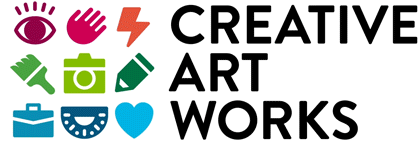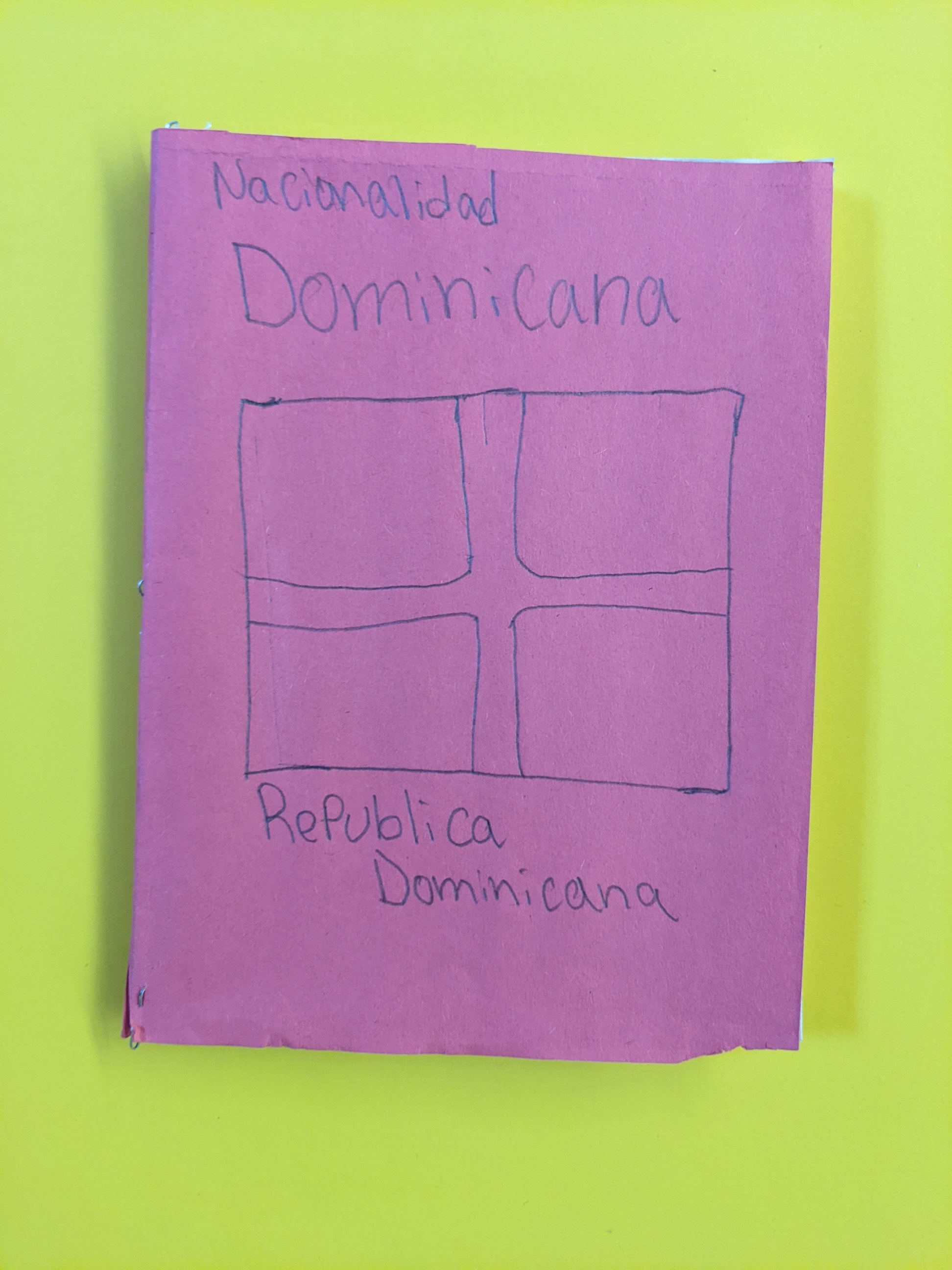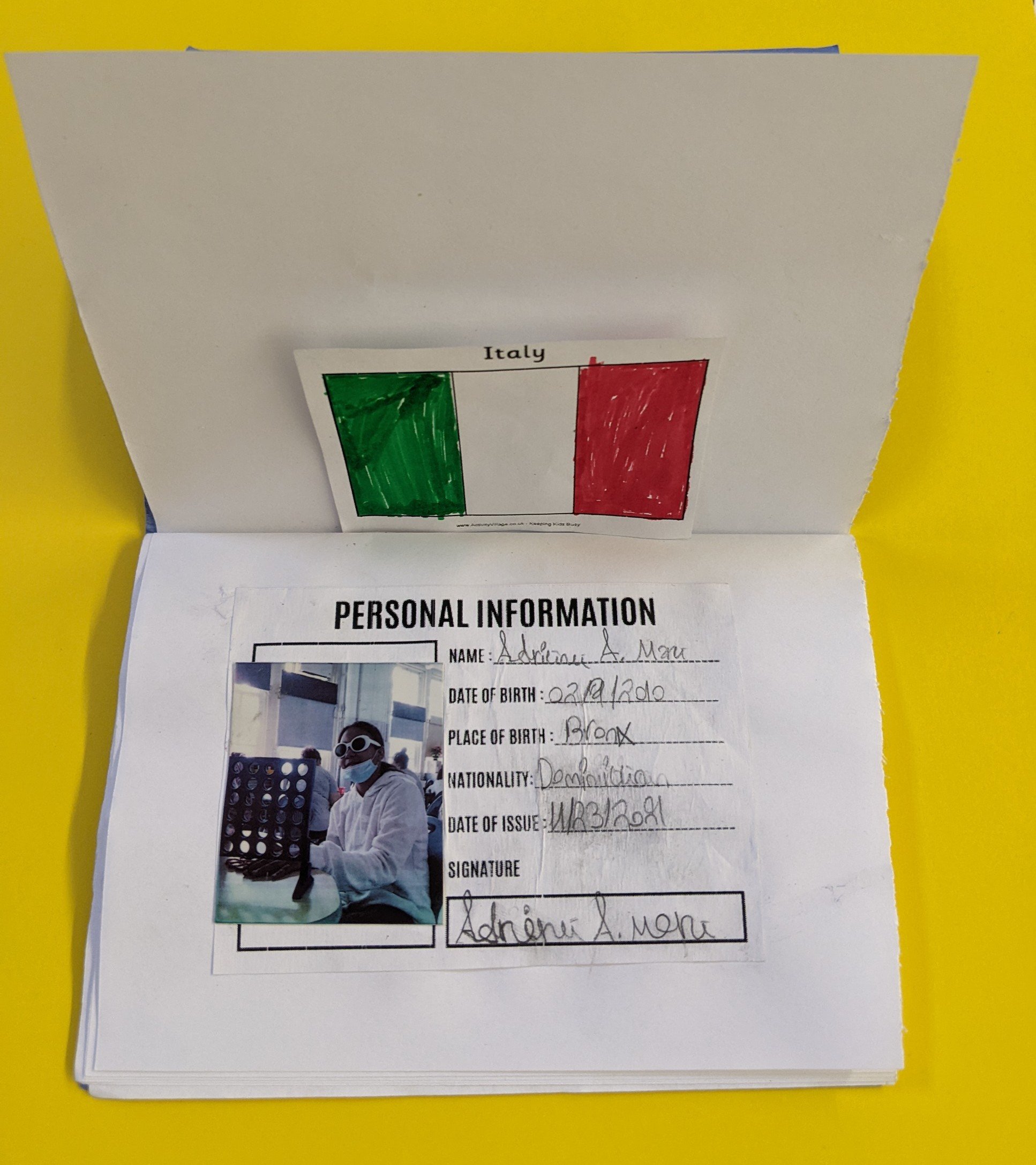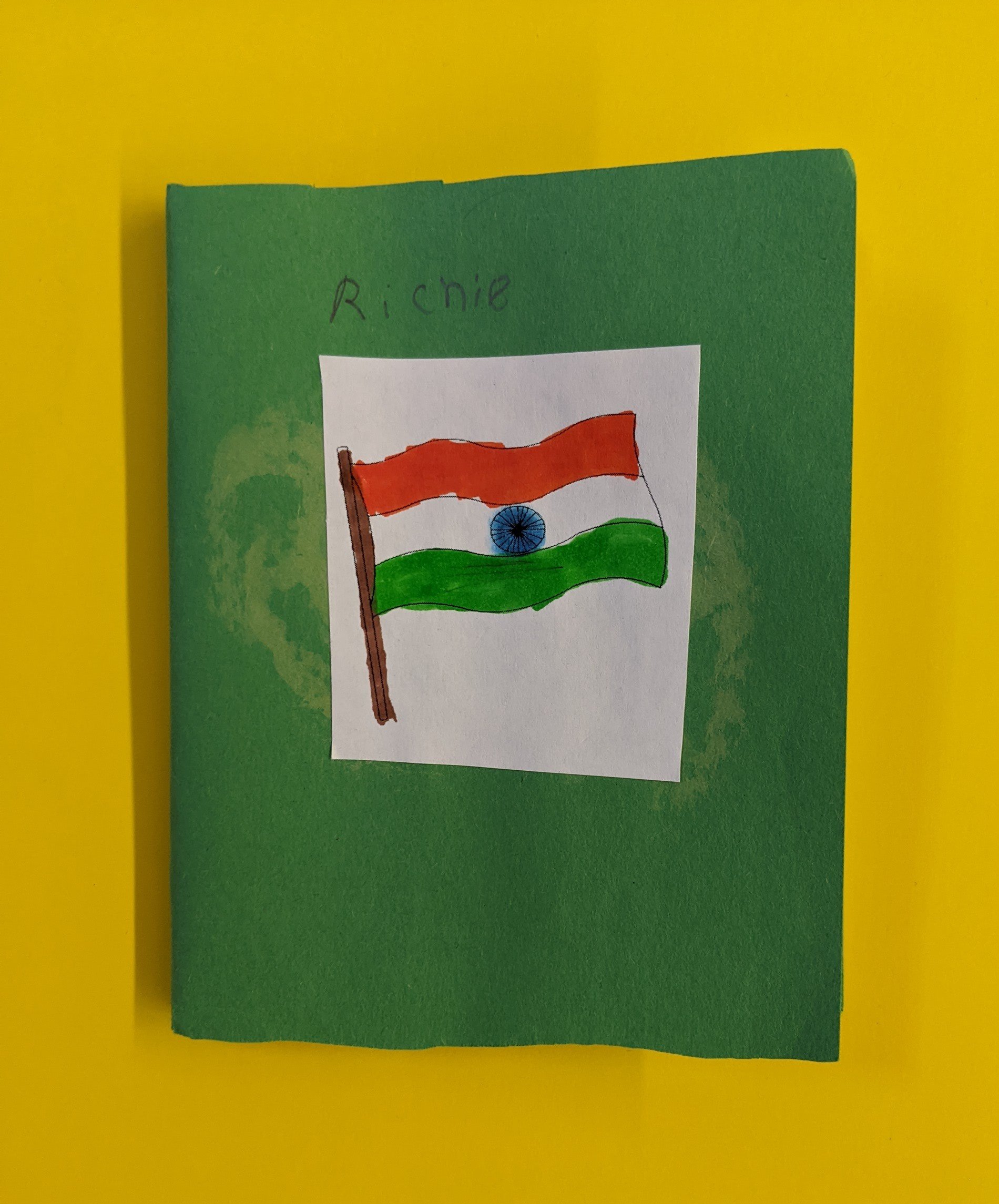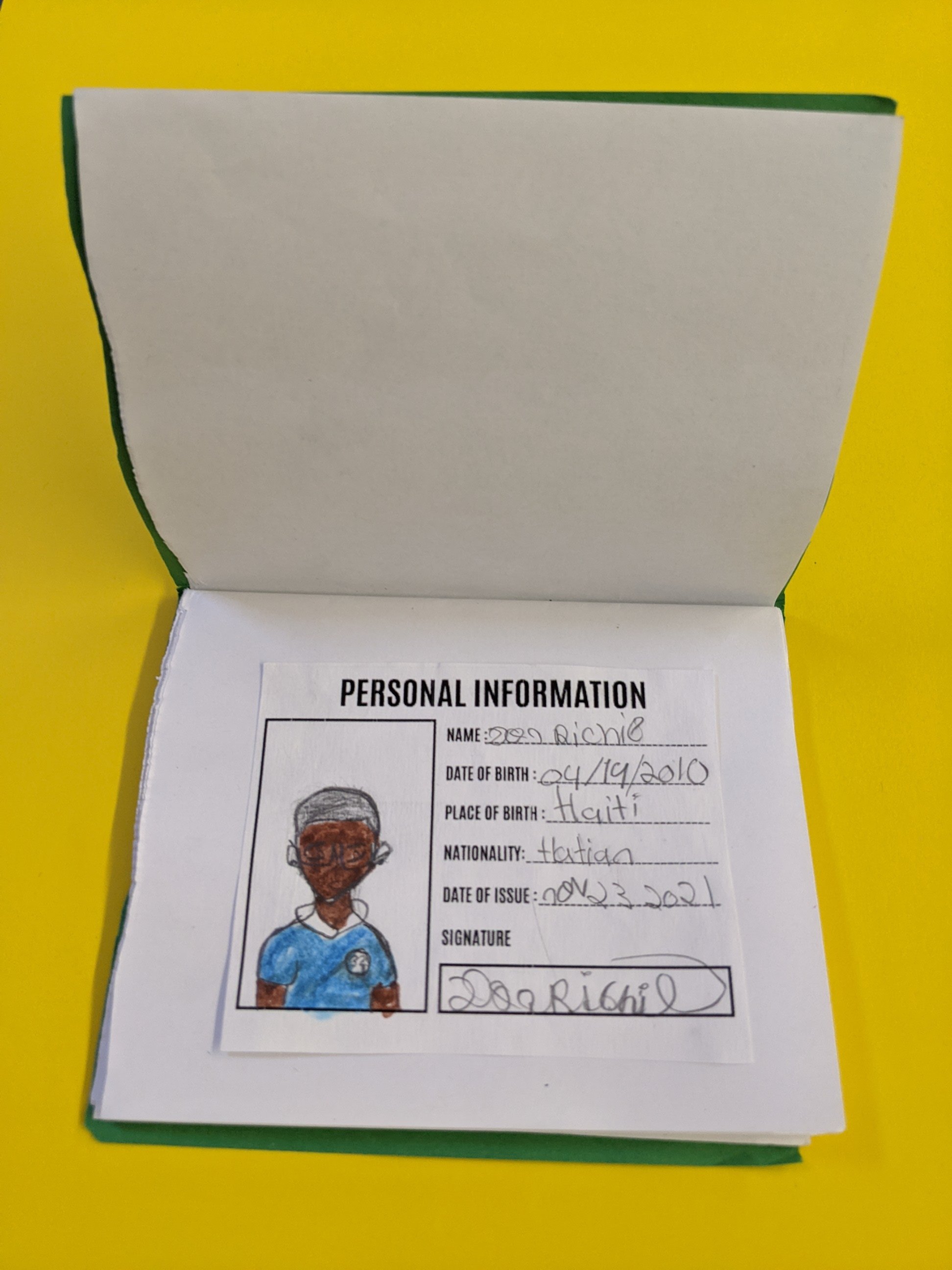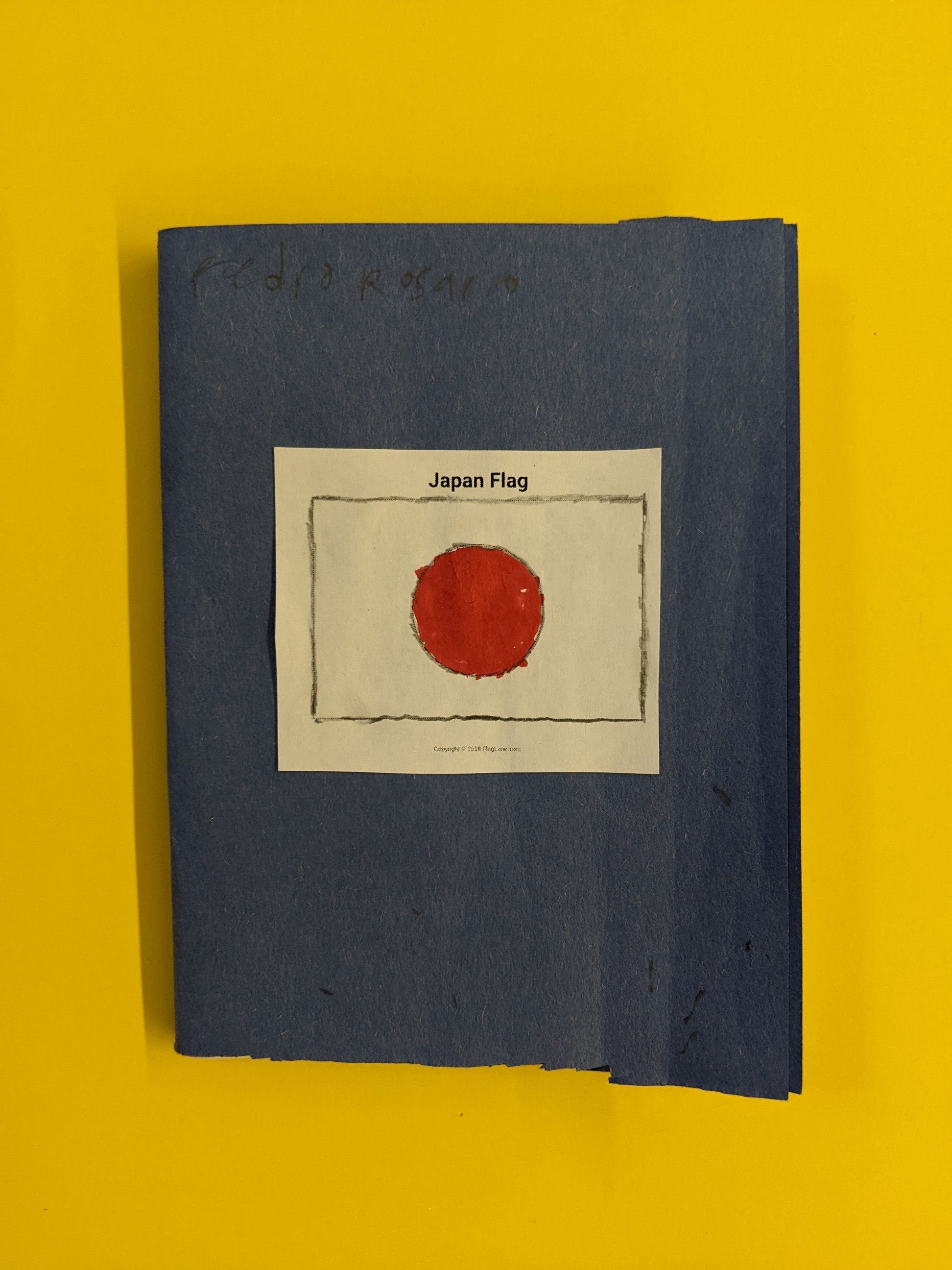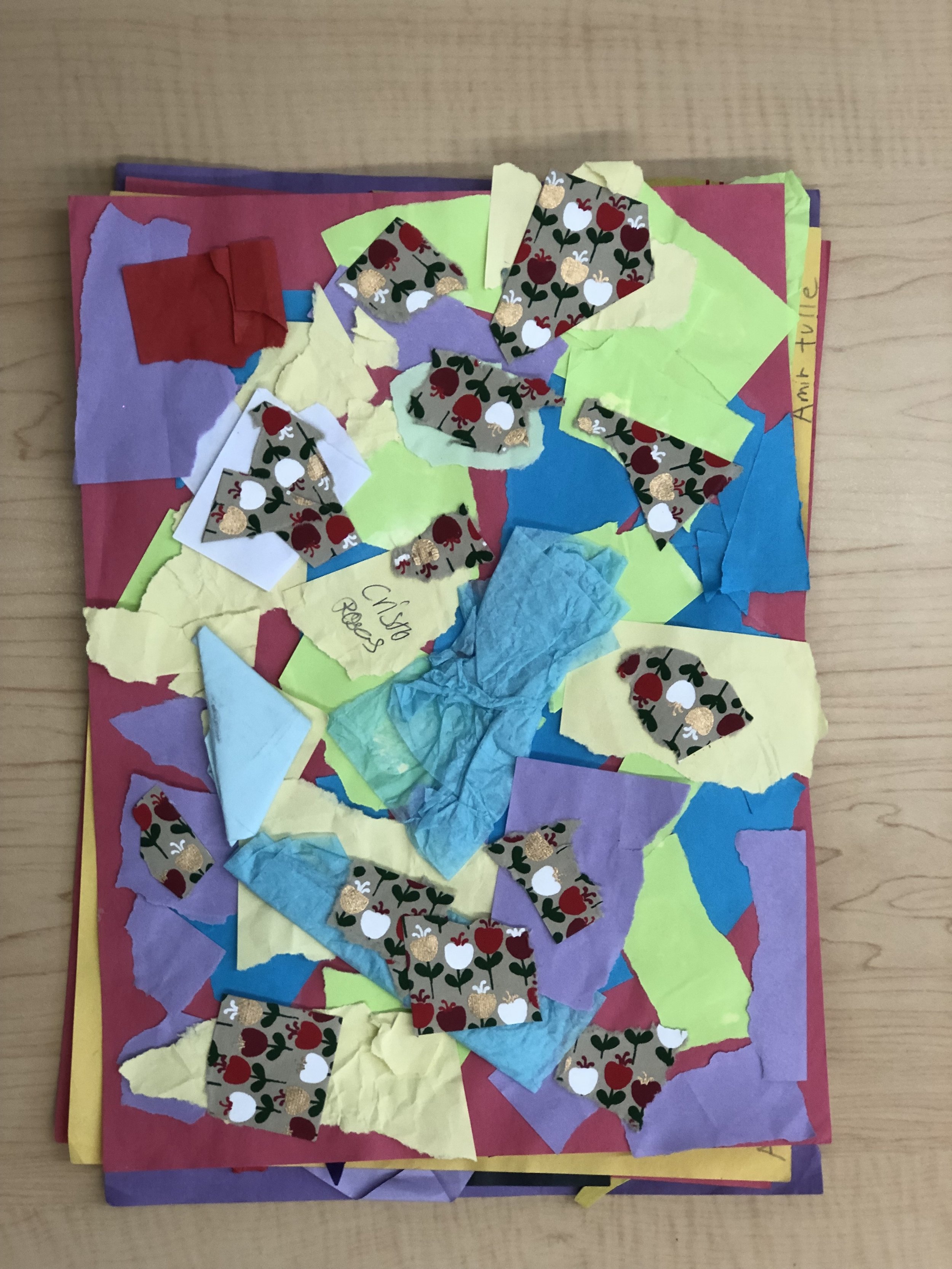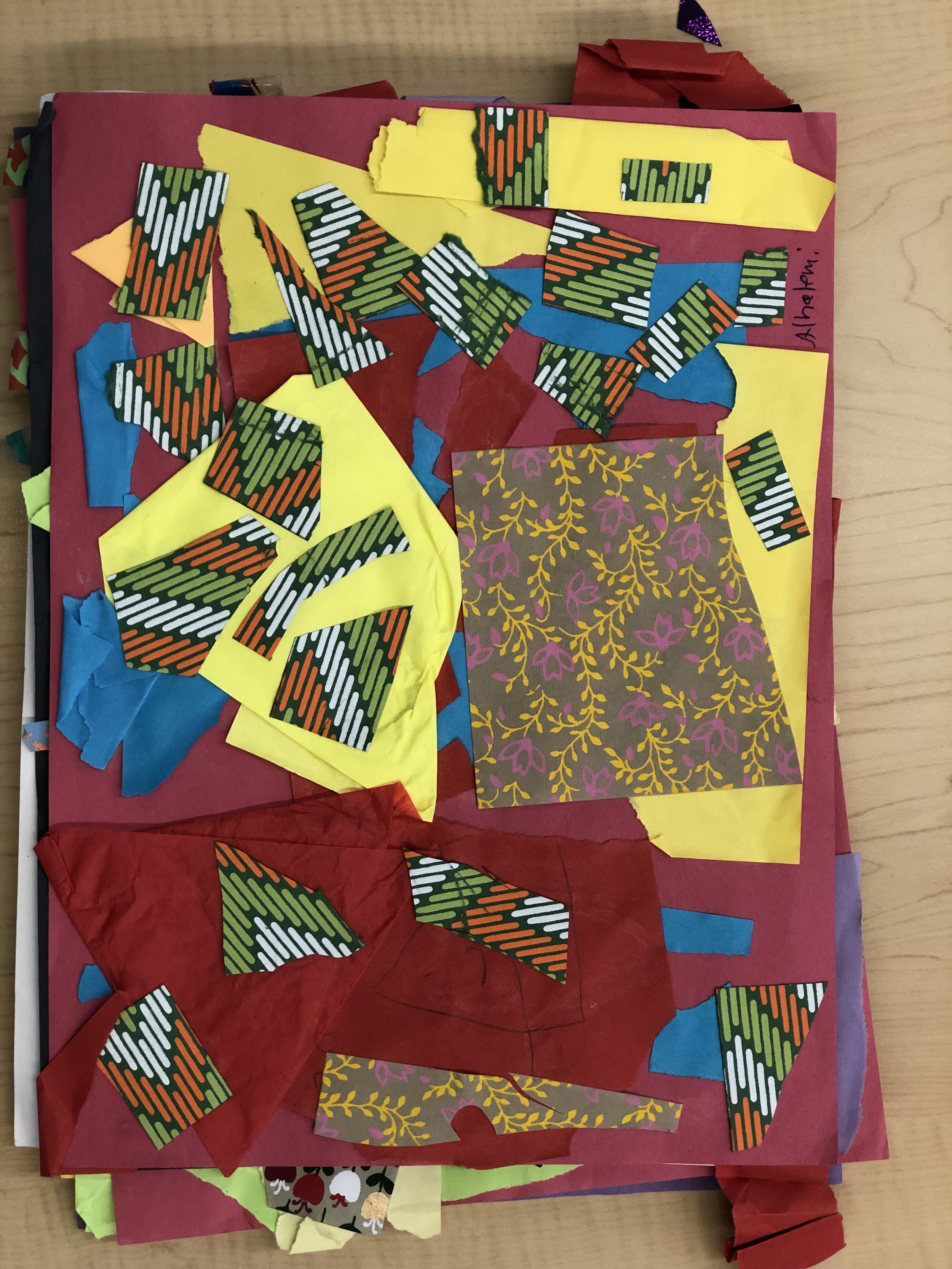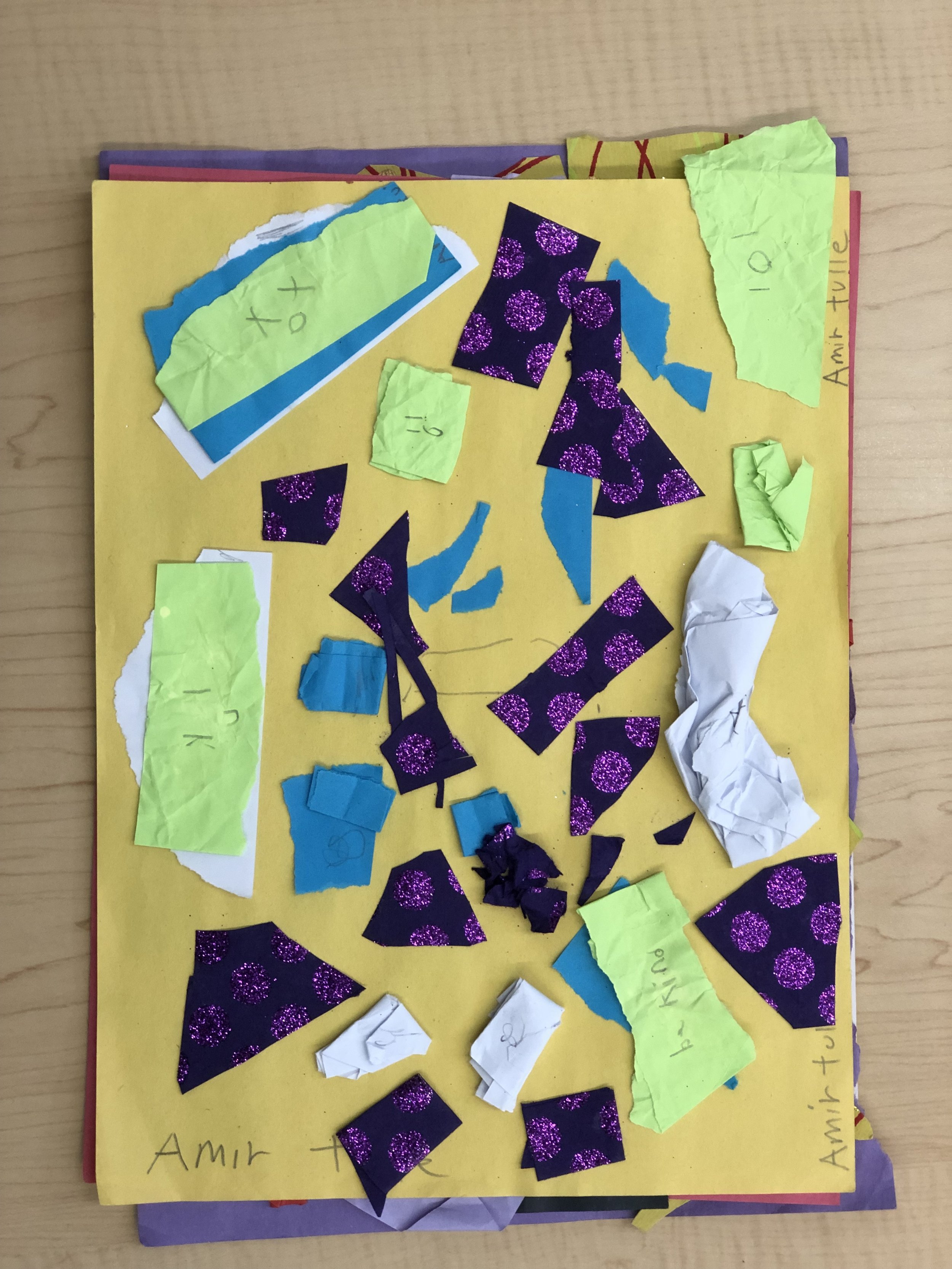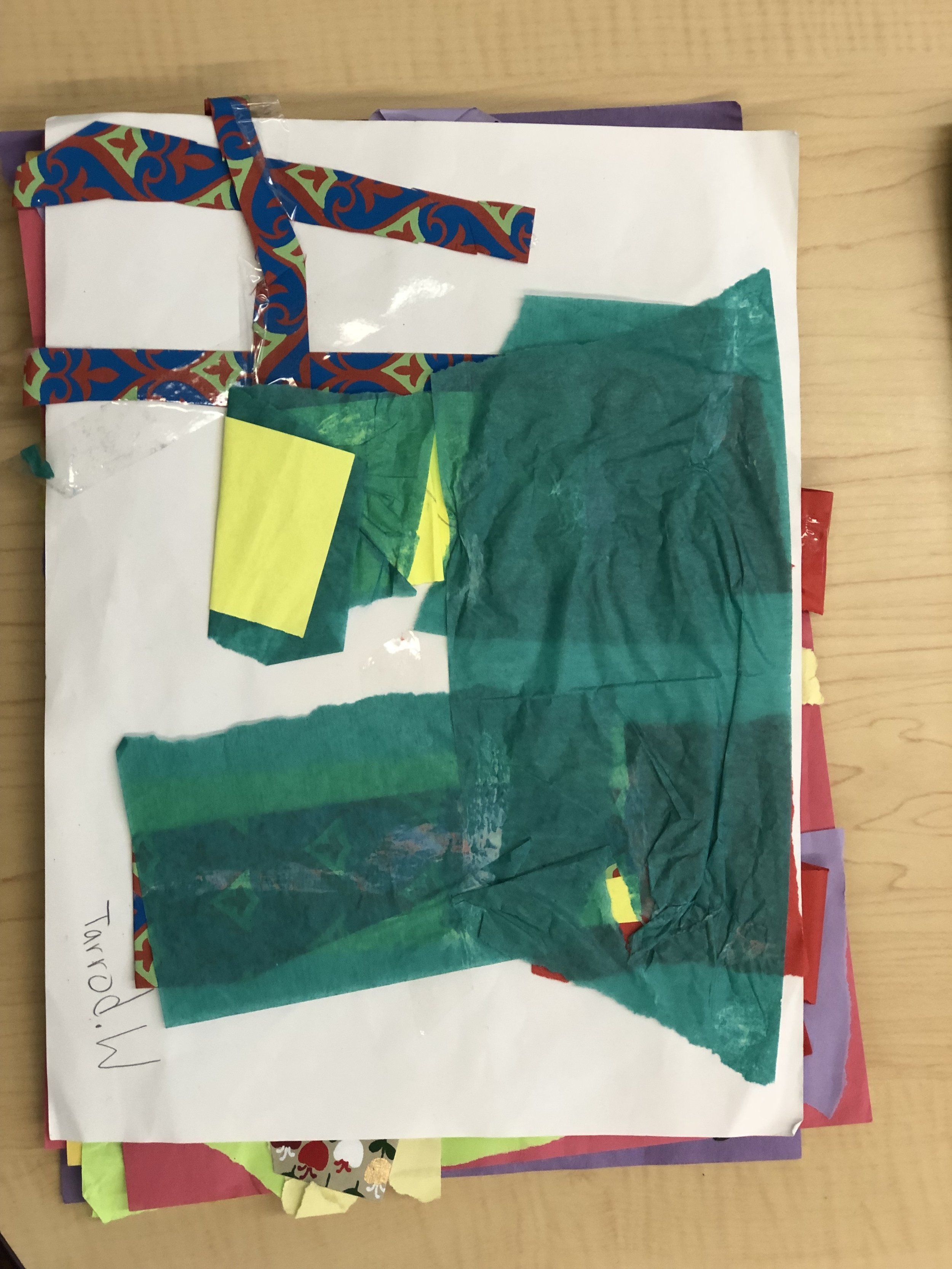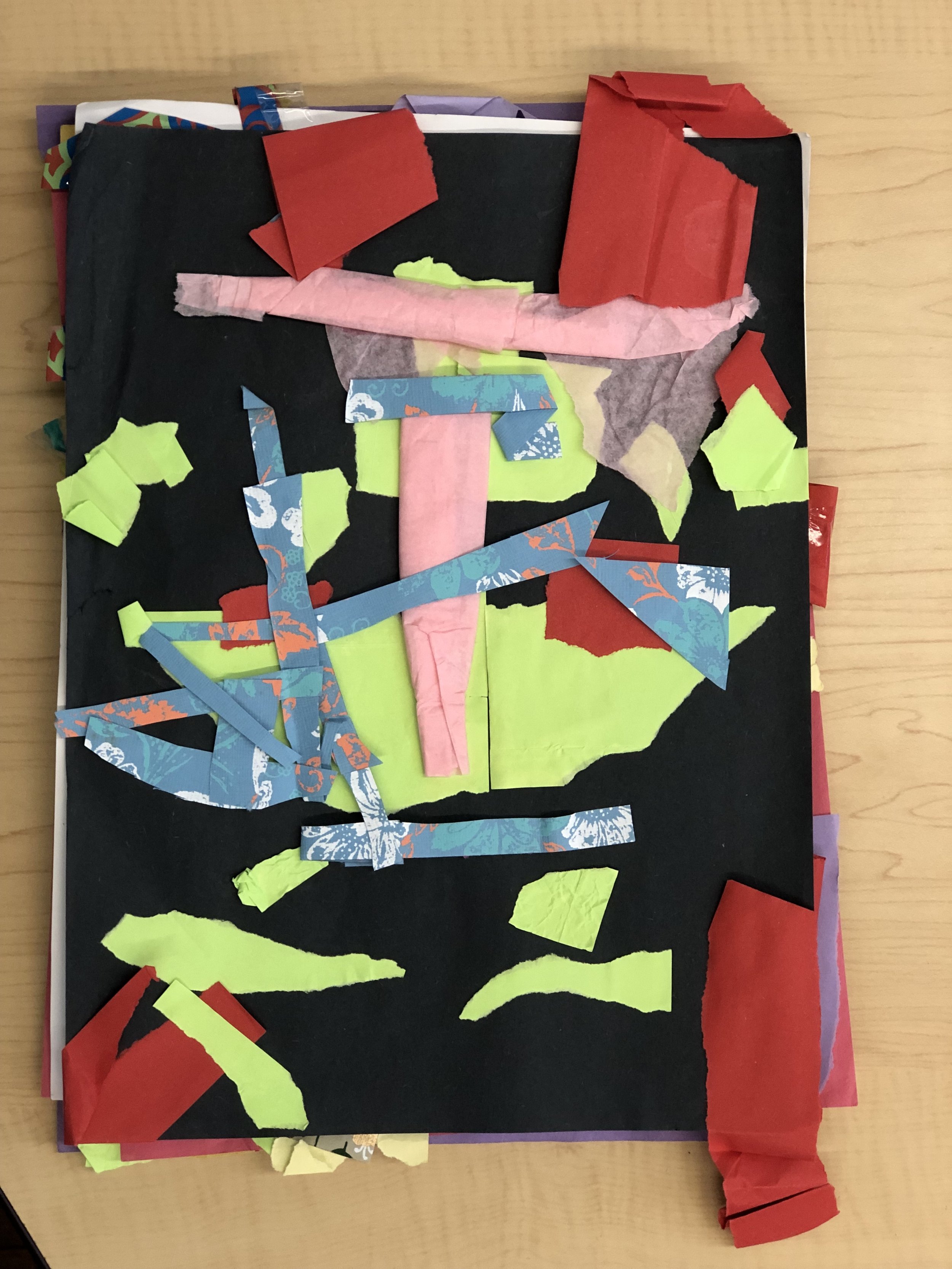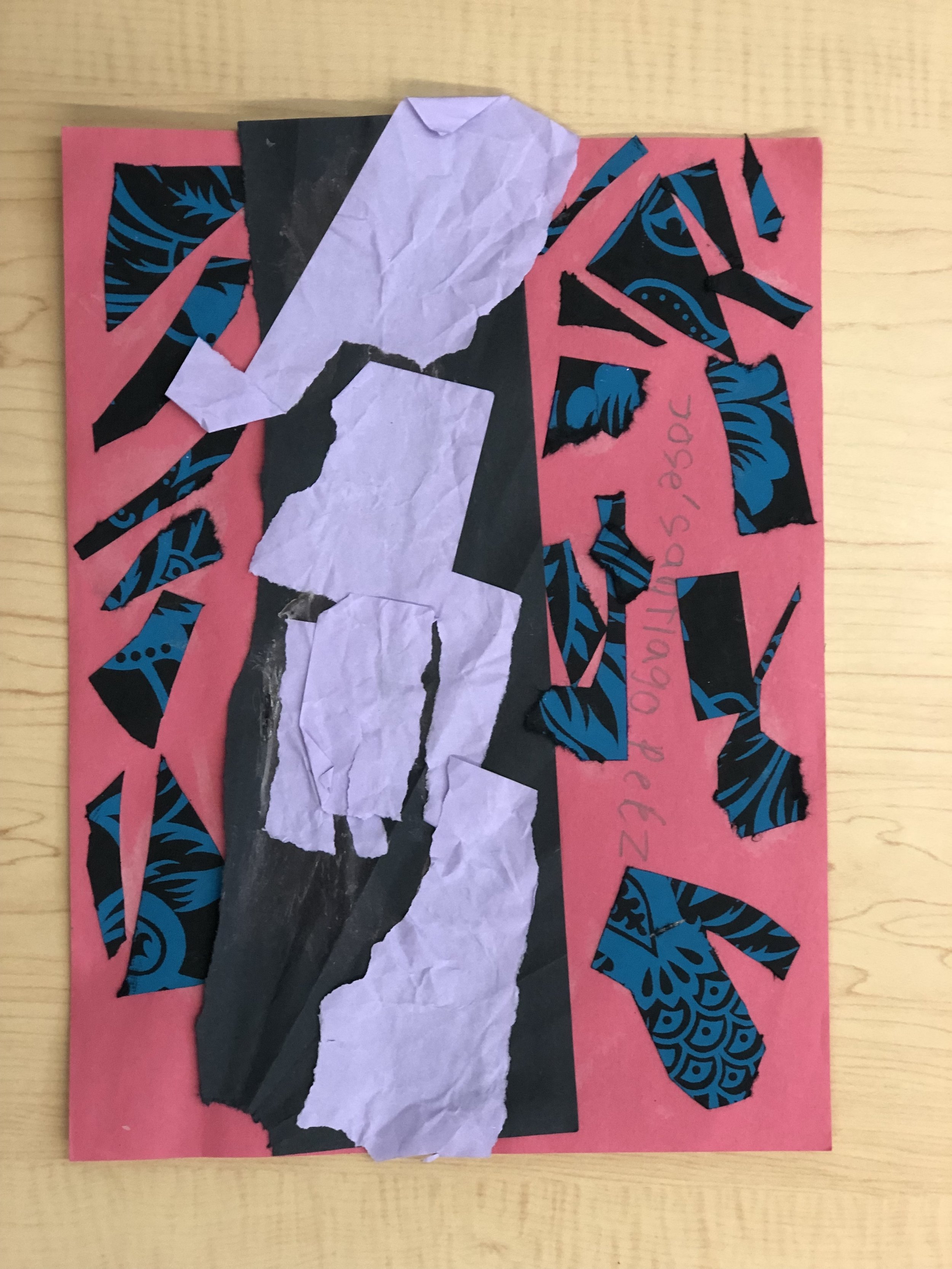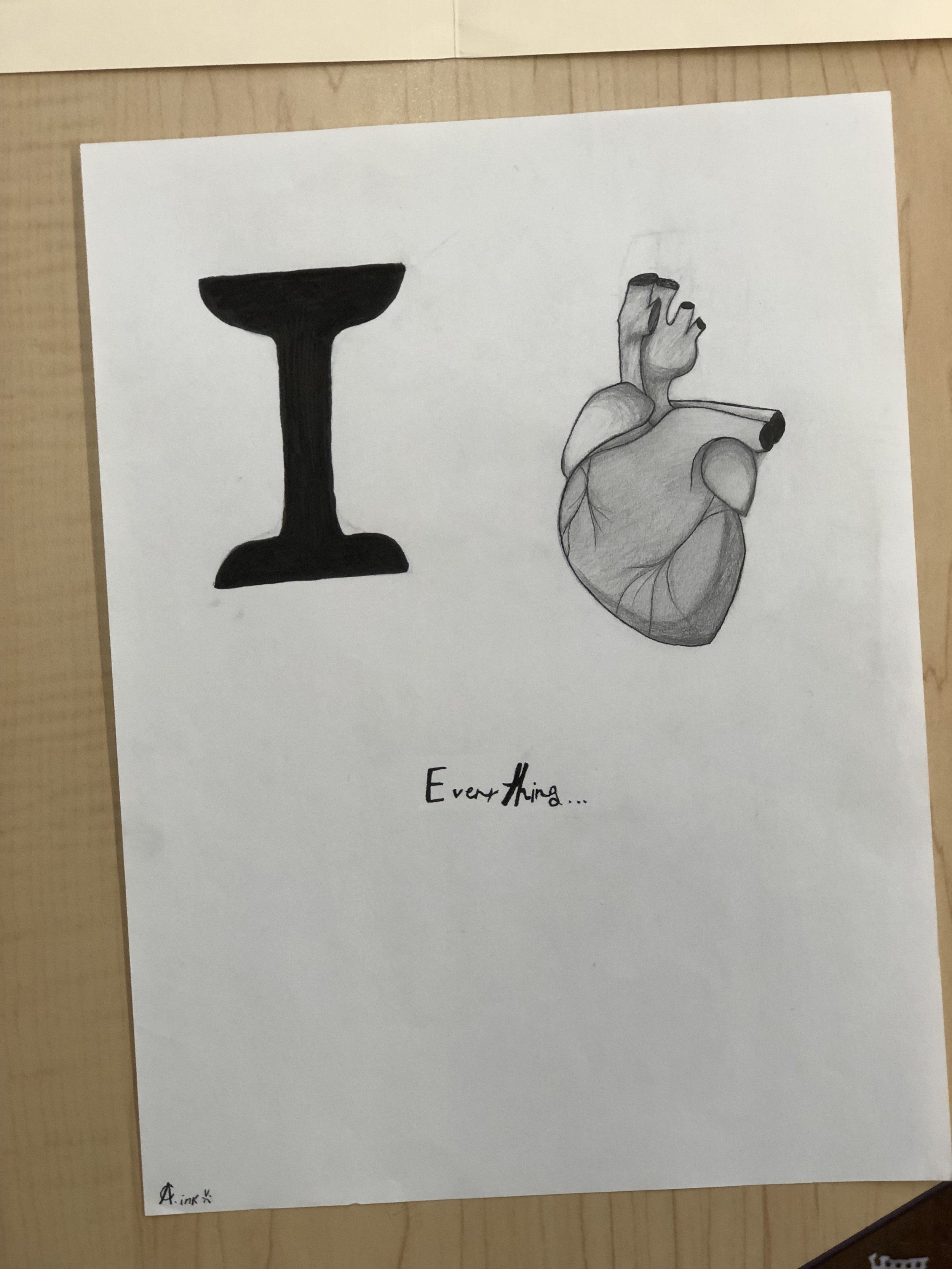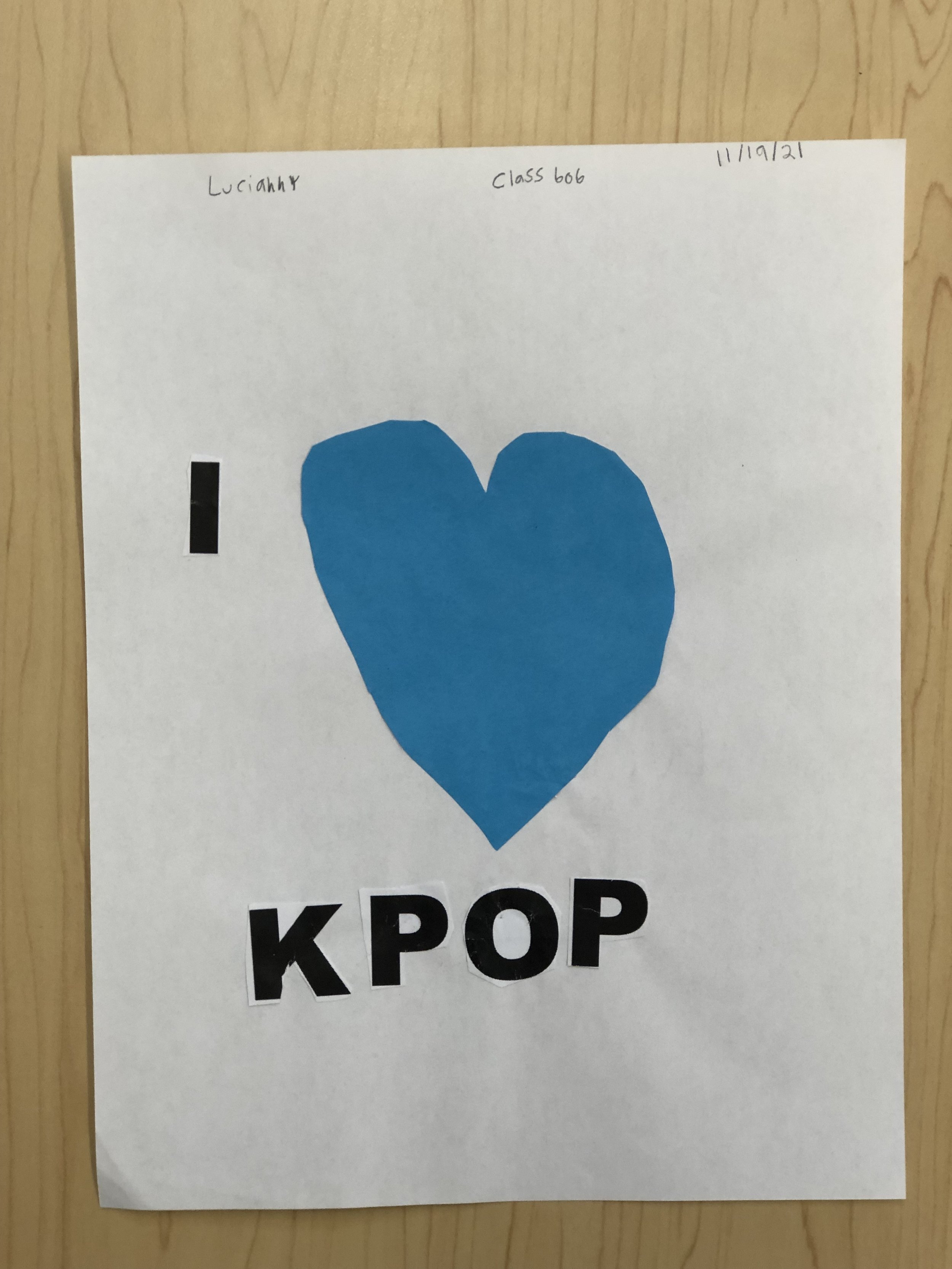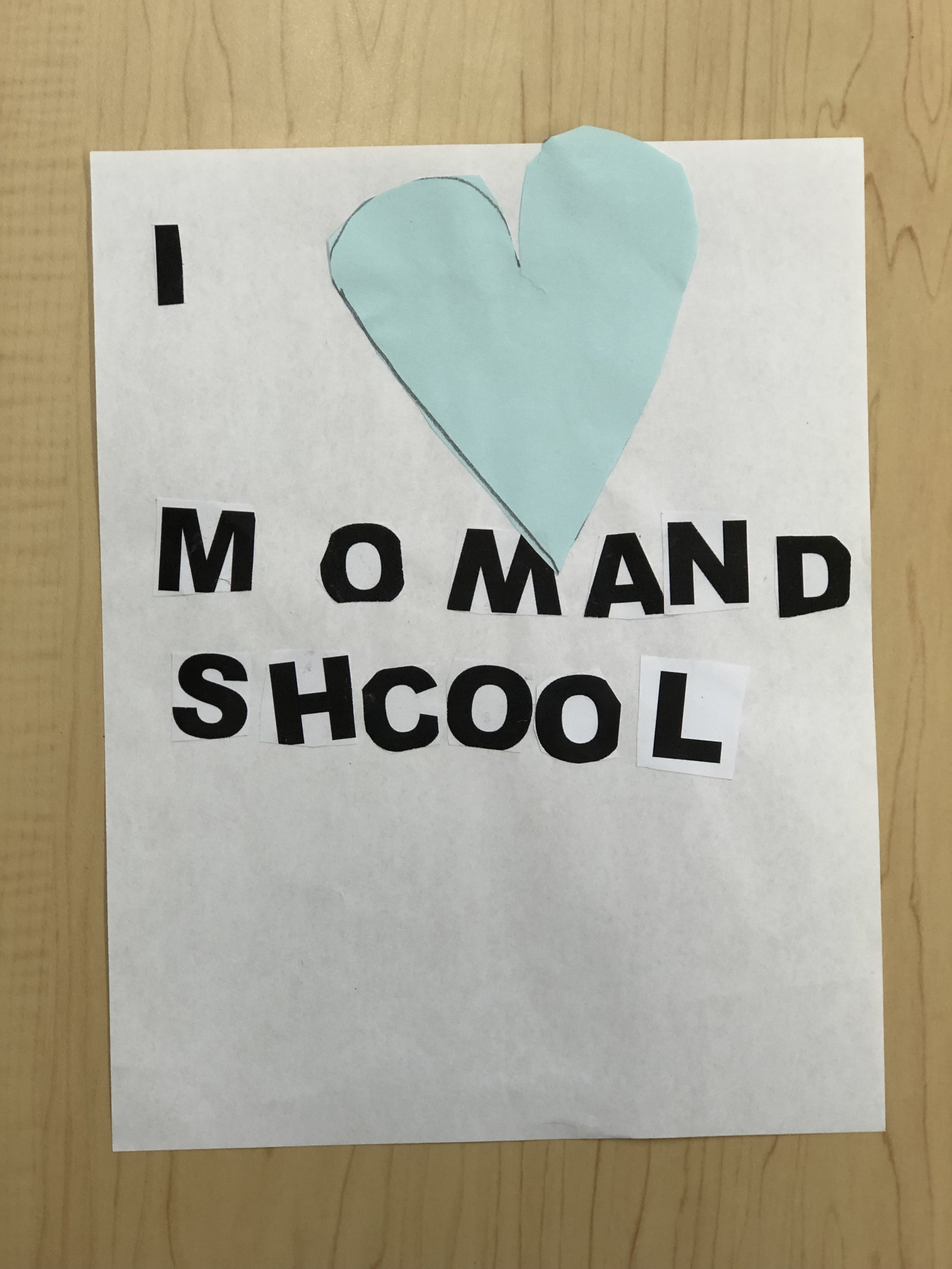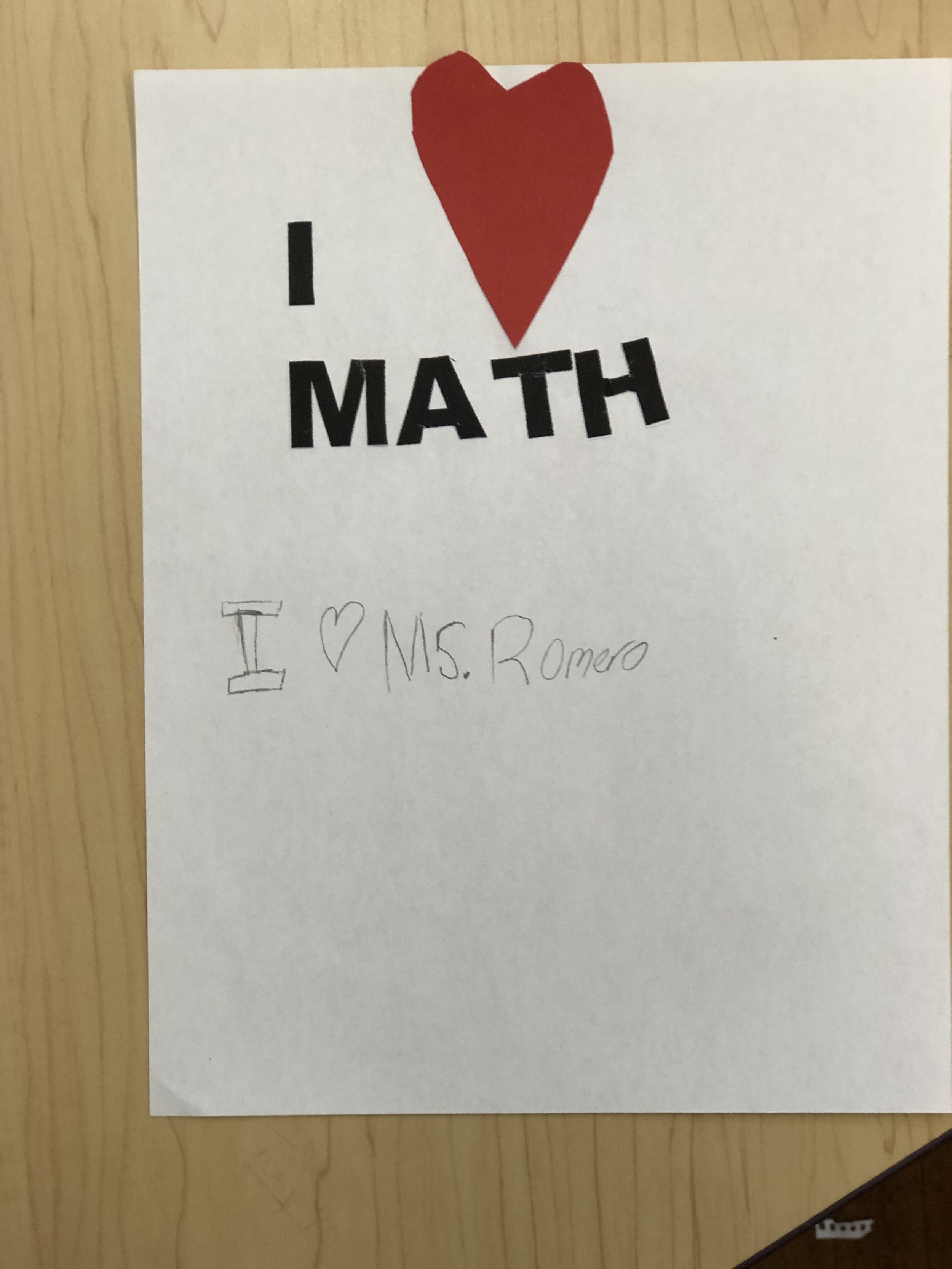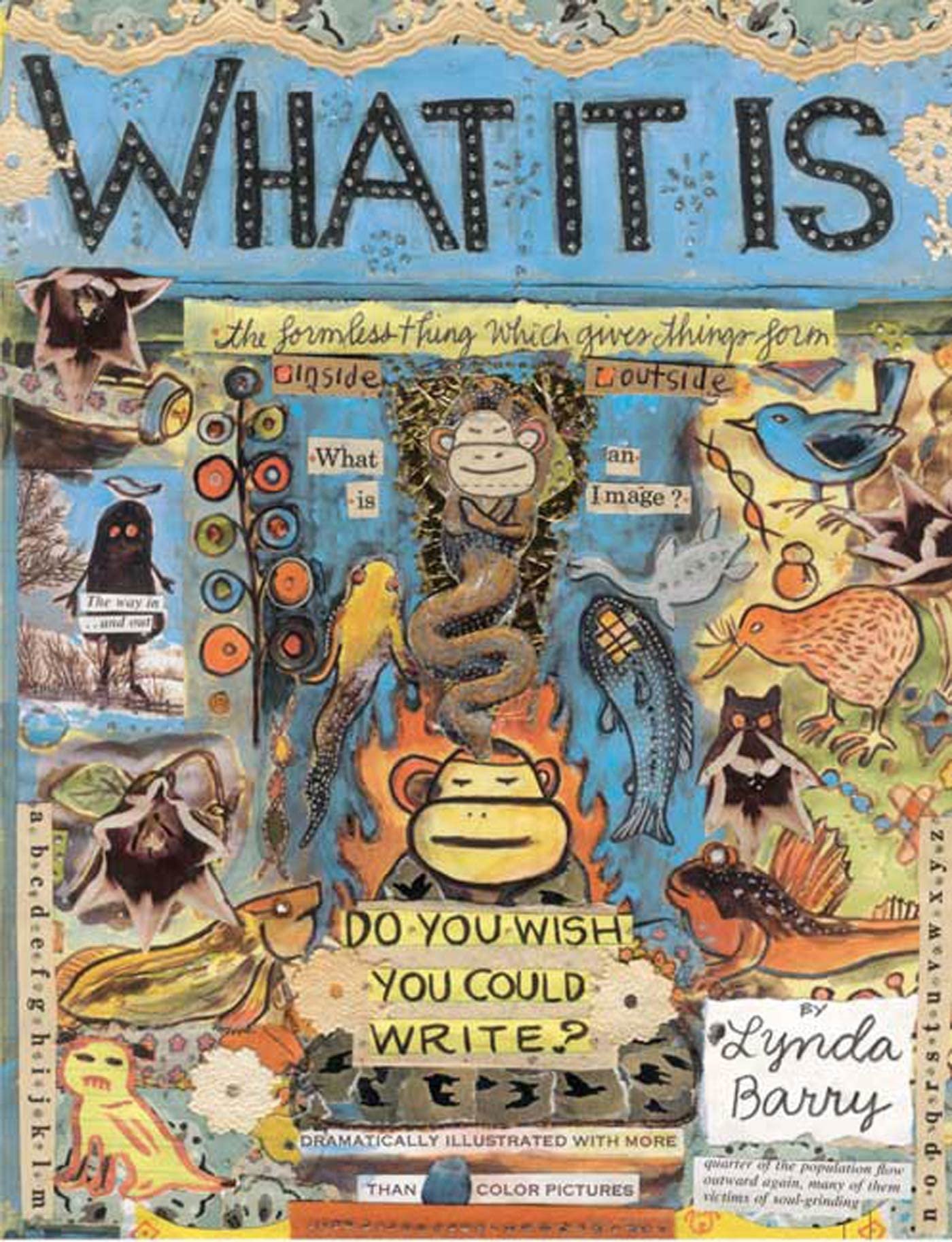A Journey of Discovery
“When I go into the classroom, I know my content and I have my lesson plan, but let’s say it’s more like a road map. There are always different ways in, different paths and shortcuts. Sometimes your students put up detour signs, and they will tell you if you need to go somewhere first before you can accomplish your instructional goals. Sometimes you have to take the scenic roads.”
Meet CAW Teaching Artist Ivory Nunez-Medrano
Ivory Nunez-Medrano teaches CAW’s in-school art classes at MS 328 in Washington Heights, including arts education and art integrated with social studies. Ivory is fully bilingual, which is a huge asset for a school with a large Spanish-speaking population. He has been teaching art in middle schools in the Dominican Republic and NYC for over a decade. He is personable, thoughtful, and dedicated to his work. The following are highlights from a wide-ranging conversation.
CAW: Where are you from originally?
Ivory: I was born in the Dominican Republic, but I feel like I belong to New York City now. Ten years is enough time to make you feel like you belong somewhere.
CAW: Tell us about your teaching philosophy.
Ivory: I think it's really important to use student interest as a guide. For example, we are making passports as part of an integrated lesson plan on geography. I was focused on how to make the booklet, but my students had so many questions about what a passport represents, and about immigration and naturalization. We got into a deep discussion about how a passport is a declaration that you belong to a place, and that was something very interesting and engaging for sixth and seventh graders, because they are at an age where they are trying to figure out where they belong in the world.
Connecting to the interests of students is central to Ivory’s teaching philosophy.
“As an instructor, everything that goes wrong or right in the classroom is my responsibility. I will repeat and reinforce the content until I see that most of the class gets it or demonstrates that they are able to take the next step.”
CAW: We noticed that a lot of students are making passports for the Dominican Republic, which is what you would expect at a school in Washington Heights, but also a lot of students are interested in Korea and Japan.
Ivory: Oh, yeah. Kids are interested in Korea because they are all listening to K-pop, and Japan is always big because there are a lot of manga and anime fans. And that goes back to my philosophy as well. I'm learning a lot from my students, and I'm learning what they find interesting and engaging. I’m always on a journey of discovery, trying to connect everything I want to teach with my students’ interests.
CAW: What does art-making give students that they're not getting from other core subjects?
Ivory: I think it’s a chance to do something that isn’t leading to a concrete answer to a question. Students often think they are going to learn how to draw things realistically, but that's not what I teach in my classes. My goal is to challenge them with aesthetic questions. There's no right or wrong answer, but facing the blank page is painful. Creative problems challenge your soul.
Samples of MS 328 Student Work
Decoupage
Text collages
CAW: What would you say to a student that asks you, “Why should I do this?”
Ivory: I would say that everything is connected to art and design, from the clothing they're wearing to the books they're reading. We are building a reservoir of experience and raising awareness of the world around them. There are patterns everywhere, and once you know that, you realize that art is everywhere, and from there we can build visual literacy.
CAW: What kind of art do you make?
Ivory: I'm an illustrator and graphic designer. My masters is in visual narrative. Now that I finally have my studio space, I've been painting. I do a lot of stuff by hand and a lot of digital work, and a combination of both. My art practice informs my teaching. I sometimes start by showing students how I might solve a problem, and then I’ll say, “Now, if you're comfortable, we can create something together.”
Ivory is a keen observer of patterns in the natural world.
CAW: Let’s pretend we're sending you to live alone on a small island for a month. All your basic needs will be taken care of – you’ll have your favorite food, comfortable clothes, and a nice cottage to live in. You won't have to worry about surviving, but there’s no internet, no TV, and no cellphone service. You are only allowed to pack a small carry-on suitcase. What do you bring?
Ivory: A sketchbook and pencils, of course! I will be observing the flora and fauna, because I'm very interested in the patterns of nature, so I would bring a lot of science books: books about stars, weather, space, the ocean, and land. I would also bring a voice recorder of some kind to keep an audio diary, because a trip like this is an opportunity for reflection.
Recommended Reading
Some of the books that have influenced or inspired Ivory include Comics and Sequential Art by Will Eisner, the surrealist masterpiece The Arrival by Shaun Tan, and the works of American independent cartoonist Linda Barry and Mexican underground cartoonist RIUS.
